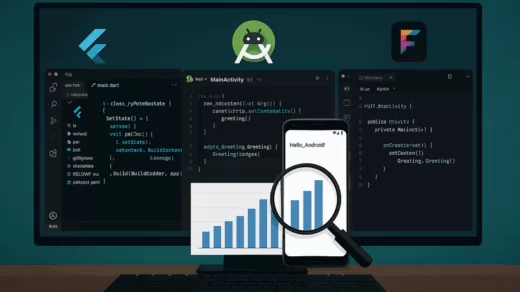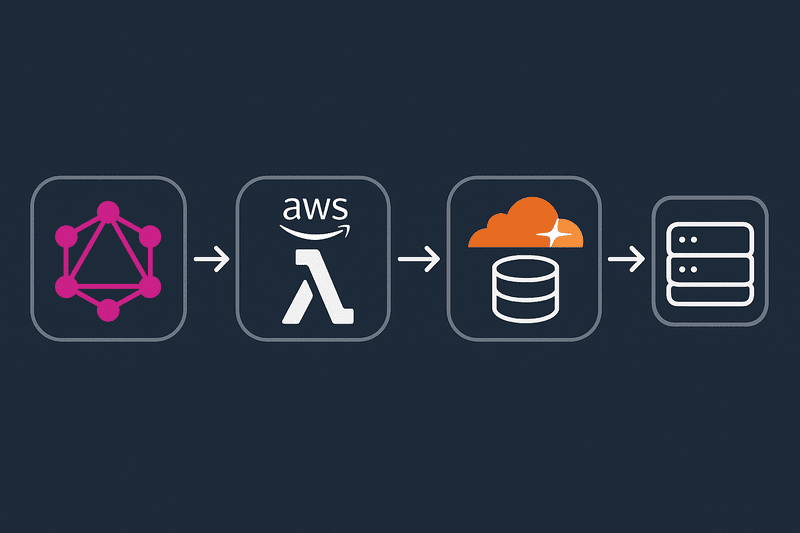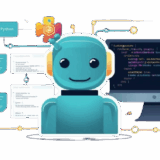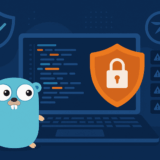A Step-by-Step Guide to Building an AI Chatbot with LangChain
LangChain is an open-source framework designed to help developers build powerful applications with large language models (LLMs). One of its most compelling use cases is building AI-powered chatbots. In this guide, we’ll walk through how to create a simple yet functional AI chatbot using LangChain, OpenAI, and Streamlit.
Prerequisites
Before we begin, ensure you have the following:
- Python 3.8+
- OpenAI API key (or another LLM provider key)
- Basic understanding of Python
- Installed dependencies:
langchain,openai,streamlit,python-dotenv
Install dependencies:
pip install langchain openai streamlit python-dotenvStep 1: Project Setup
Create a new directory and set up your environment:
mkdir langchain-chatbot && cd langchain-chatbot
python -m venv venv
source venv/bin/activate # Windows: venv\Scripts\activateCreate a .env file to store your API key:
OPENAI_API_KEY=your_openai_api_key_hereStep 2: Initialize LangChain and OpenAI LLM
Create a file called chatbot.py:
import os
from dotenv import load_dotenv
from langchain.chat_models import ChatOpenAI
from langchain.chains import ConversationChain
from langchain.memory import ConversationBufferMemory
load_dotenv()
llm = ChatOpenAI(temperature=0.7)
memory = ConversationBufferMemory()
conversation = ConversationChain(llm=llm, memory=memory)Step 3: Add Streamlit Interface
Streamlit makes it easy to create a web-based interface. Add this to chatbot.py:
import streamlit as st
st.title("LangChain Chatbot")
if "history" not in st.session_state:
st.session_state.history = []
user_input = st.text_input("You:", key="input")
if user_input:
response = conversation.predict(input=user_input)
st.session_state.history.append((user_input, response))
for user_msg, bot_msg in reversed(st.session_state.history):
st.markdown(f"**You:** {user_msg}")
st.markdown(f"**Bot:** {bot_msg}")Run the app:
streamlit run chatbot.pyStep 4: Customize Behavior (Optional)
Want to add a system prompt or change the model behavior? Modify the ChatOpenAI initialization:
llm = ChatOpenAI(temperature=0.5, model_name="gpt-4")You can also create a custom system message using LangChain’s PromptTemplate:
from langchain.prompts import PromptTemplate
from langchain.chains import LLMChain
prompt = PromptTemplate(input_variables=["input"],
template="You are a helpful assistant. Answer the following: {input}")
chain = LLMChain(llm=llm, prompt=prompt)Step 5: Testing & Iteration
- Try changing the temperature to adjust the creativity of responses
- Add session-based memory for context
- Experiment with storing conversation history in a database
What’s Next?
You’ve just created a fully functional chatbot using LangChain and OpenAI! To extend it:
- Integrate with tools like Pinecone for memory/vector search
- Add support for voice input using Whisper
- Deploy your app using platforms like Streamlit Cloud or Heroku
Resources
Conclusion:
LangChain simplifies the process of building intelligent applications by combining LLMs with memory, prompts, and context management. With just a few lines of code, you’ve built a chatbot capable of handling dynamic, conversational tasks. Keep experimenting and enhancing its capabilities!



















